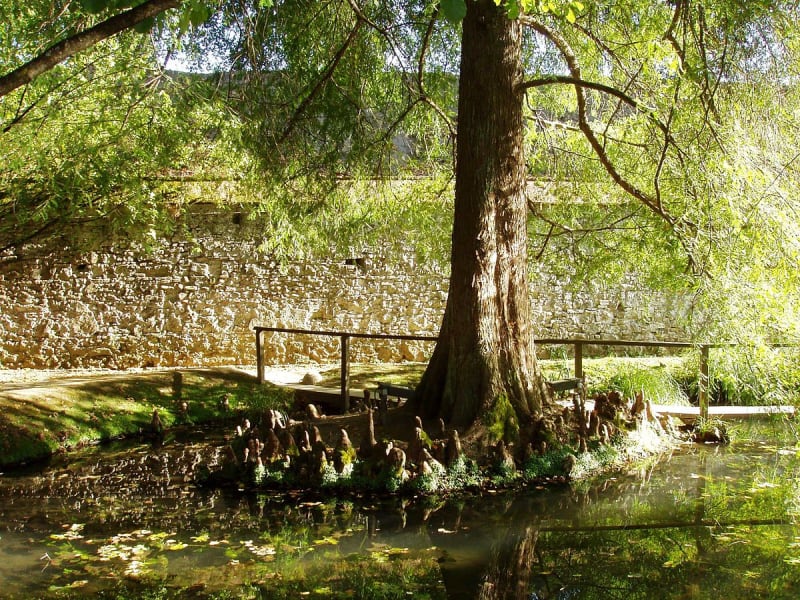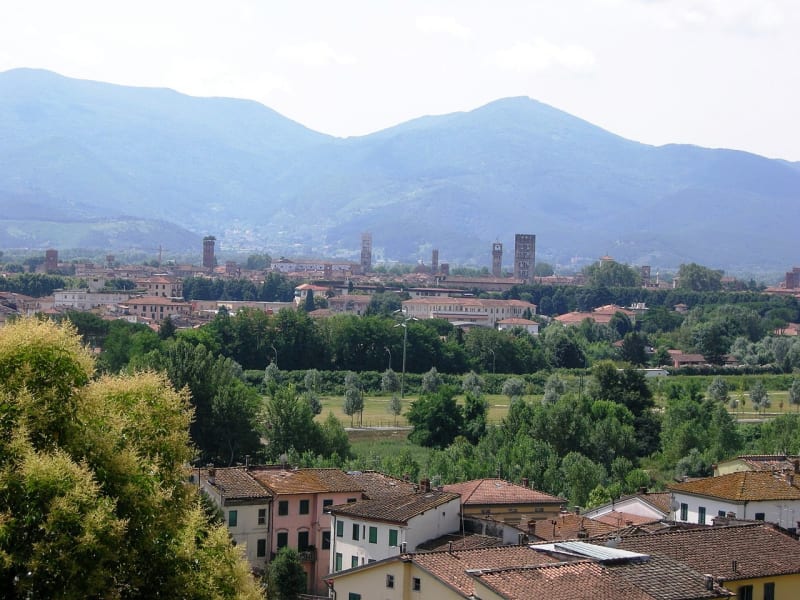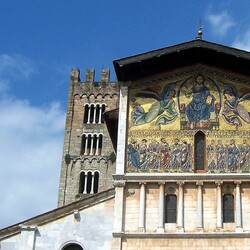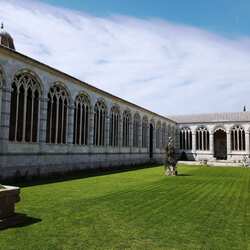Botanical Garden of Lucca
The Botanical Garden of Lucca was founded in 1820 by Maria Luisa, Duchess of Parma. The city of Lucca is called the territory of one hundred churches. But besides the abundance of religious buildings and ancient houses, there is a cozy botanical garden, which, according to locals, any tourist should definitely visit. It is open daily during the warmer months, and only on weekdays in winter.

The history of the Botanical Garden of Lucca
An amazing corner of nature appeared in the city relatively recently. The order for its arrangement was given by the Duchess of Parma, Maria Luisa, in 1820. At that time, the garden was divided into three zones. There was a geometric Arboretum, a hill with a spiral structure and Lake Laghetto, which appeared in 1860. As for the small pond, the locals will be happy to tell the legend about a noble lady who tried her best to preserve her beauty and youth and even made a deal with the devil for this. He fulfilled his part of the contract, but when his term expired, he put the debtor in a red-hot carriage, drove the suffering woman through the whole city and threw her into the lake. They also say that if you look into the water for a long time, you can see the face of a sinner at the bottom.
For a long time, the Botanical Garden of Lucca belonged to the Royal University of Lucca, on its territory there was a Physics Laboratory and an Astronomical Observatory. They continue to function today, although the equipment has changed over 200 years. The shape of the Arboretum has also changed, but the Hill has remained the same and boasts trees whose age has exceeded two hundred years.

100 years after its creation, the park was transferred to the municipality of the city and became considered a national treasure, which everyone can visit, however, for a fee. But the wonders of the park area are worth it.
What to see
Today's Botanical Garden of Lucca is conventionally divided into two large sections. In the first there is an arboretum, an outdoor garden and a pretty lake, in the second the territory is given over to a greenhouse, a Botanical Museum famous for its herbarium and an ancient collection of archival documents, a Botanical school and laboratories that have remained here since the XVIII century.
Visitors to the Botanical Garden of Lucca are most interested in the green inhabitants of the park: Lebanese cedars (the oldest was planted here back in 1822), charming camellias and azaleas, charming rhododendrons, ferns and cacti, palms and cypresses. In the center of the lake, the nymphs and the amazing taxodium tree feel great, which has learned to live in the middle of the water and receive the necessary oxygen through respiratory roots floating on the surface.
In total, about 200 plant species have found a place of residence in the Botanical Garden of Lucca. Fans of unusual architectural ideas will appreciate all nine entrances to the garden, each decorated in its own style, ceramic medallions telling about the most important historical moments of the garden's life, a sphinx and a huge terracotta pumpkin decorating the aquatic plants area.





